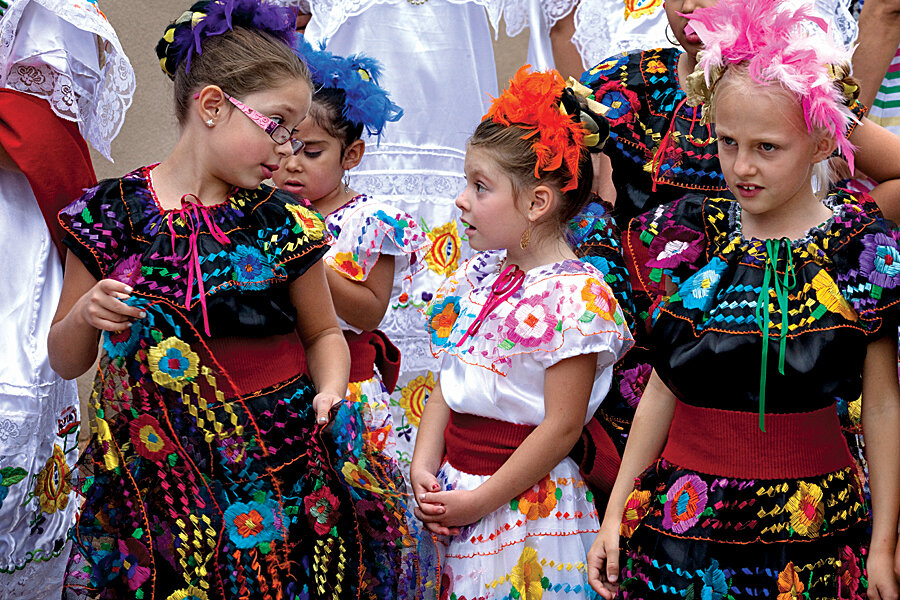Seeing the news from the ground up
Loading...
Earth is a busy planet. So busy that it’s impossible to track what’s going on without using shorthand to talk about the big issues: “the war on terror,” “the rise of China,” “Middle East conflict,” “polarization in Washington.”
Prediction: In 2014, as in 2013, big issues like those will continue to grab headlines. Nations, parties, and ethnic groups will disagree, ideas will clash, problems will arise, attention will be paid to people who speak out or act up. But what is often lost in the rolling up of news into conflicts and forces and personalities are the lives not lived in the limelight – the iceberg of humanity, not the tip of it.
Recently, we asked Monitor correspondents to tell us about relationships and experiences they’ve encountered on the job, to describe the world as it looks from the ground up. The resulting Monitor cover story (click here) contains only a handful of intimate accounts. We could multiply them by the 7 billion inhabitants of Earth, and vast amounts of news still would be overlooked. Each individual wakes and works, thinks, struggles, hopes, and loves for perhaps 16 hours a day, and each hour can bring hundreds of insights and encounters. Only the tiniest, most contentious fraction of what happens on this planet gets recorded.
Ever thought about what it would be like to have a close friend whose village was just attacked by a drone? The attack made headlines – not very big ones, 12 years into the war on terror – but then there was the aftermath, the shaken confidence, the vivid memory, the hours Adam Baron spent comforting and talking with his Yemeni friend before the trauma slowly submerged.
How about considering the survivor of an unthinkable spasm of genocide in Rwanda 20 years ago who has rebuilt his life and is now surrounded by trust, love, and hope for the future, as evidenced by that most life-affirming commitment: a wedding, which he invited Jina Moore to attend. Or take a look through Peter Ford’s eyes at the tidal forces of international commerce playing out in an oddly muted dance of communist capitalism on the floor of one Chinese factory.
Let Christa Case Bryant tell you how it feels to make friends with die-hard foes – Israeli settlers and Palestinians on the West Bank – and how curious they often are about each other. Or consider a young man Stacy Teicher Khadaroo met who had every reason to be driven by vengeance over the murder of his sister but who suddenly felt that blinding emotion melt under the power of forgiveness.
There is no connecting thread that makes larger meaning out of these and other sketches. These stories are miniatures, small news about real people. They don’t have the gravitas or urgency to command headlines on their own. But like the cat up the tree, or the first day of school, or the morning an idea was hatched or a friendship was kindled, these stories are news to the people living them. That’s what we are honoring in this issue.
Our planet is a vast mosaic. Terrible things happen. Wonderful things happen. Each tile tells a story – 7 billion times 365 times 16. The news headlines of 2014 will never do justice to all that. But we’re missing most of life if we aren’t paying attention to news of the small.
John Yemma is editor of the Monitor. He can be reached at editor@CSMonitor.com.








